The CES2016 is nearing the end of the blink of an eye. I cannot help but disregard the subjective evaluation of CES2016's surprising technology and future trends.
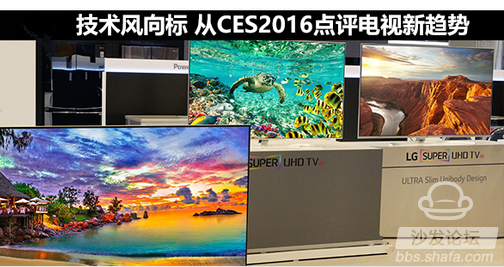
Keywords 1: HDR
If you want to summarize a few key words in the TV field of CES2016, HDR is the absolute first, then first talk about HDR.
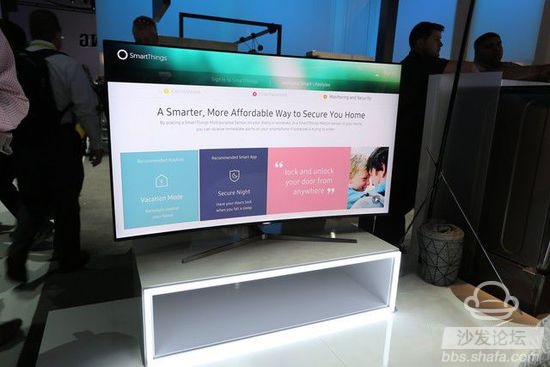
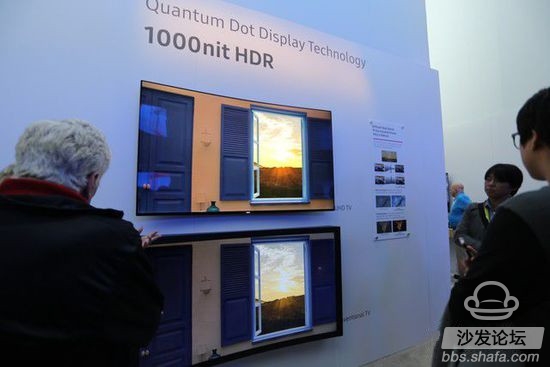
HDR can greatly enhance the contrast and color accuracy of the screen. The bright part of the picture will be clearer, the dark part will have more depth, and the appearance will be clear. The increase in color accuracy will make the colors look more pure and bright. In order to obtain a more pure display effect, a richer warm and cold alternation and a wider range of colors.
From CES2016, it can be seen that both LG, Samsung, Sony, Changhong, Skyworth, and Hisense have all launched products that support HDR, and it is not difficult to see the importance that each manufacturer places on HDR. However, it is not easy to think that TV support for HDR must be better than regular TV. The only meaning of HDR is that you can play videos recorded by HDR devices.
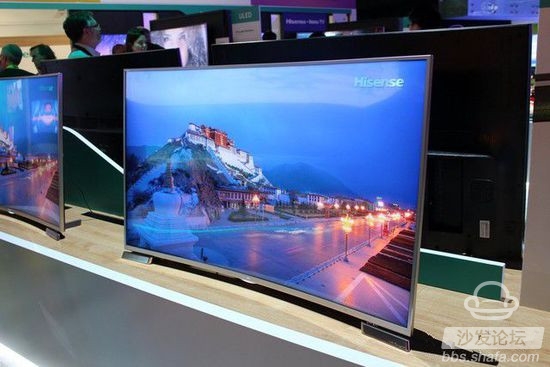
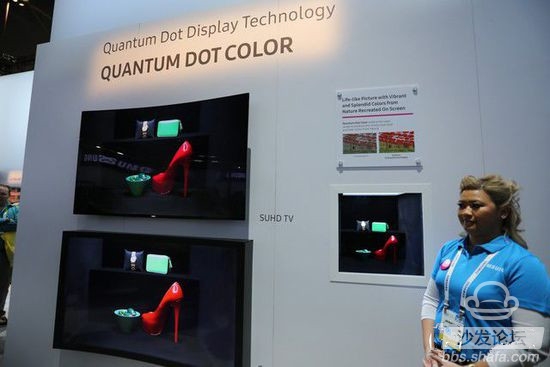
Actually quantum dots are not new concepts. For example, Sony's "Triluminous" and LG's "Prime UHD" are all the same technologies. Quantum dot technology mainly solves the problem of low color gamut and exceeds OLED TVs at one stroke.
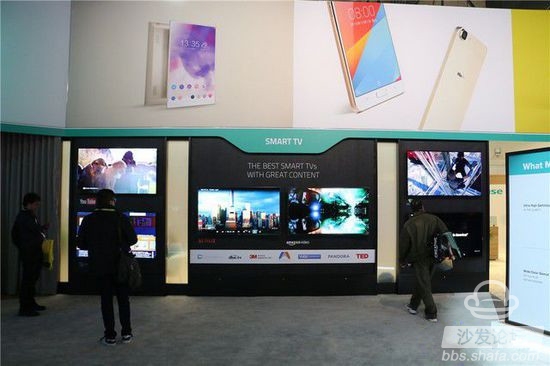
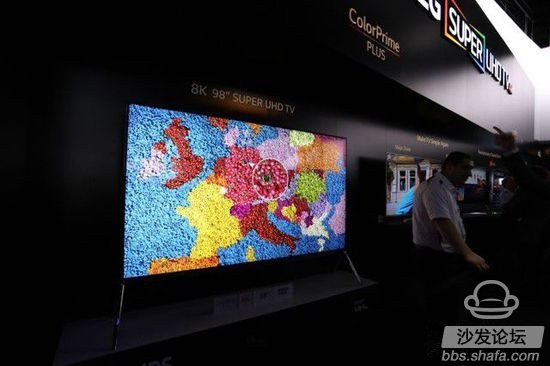
With the above methods, the three primary colors have been cobbled together, and the pure white light has been used as the backlight of LCD TVs. Such a quantum dot TV color gamut is ideal. Strictly speaking, quantum dot technology is actually a kind of backlight technology.
Keywords 3: ultra-thin, curved, narrow border
Strictly speaking, ultra-thin is not only popular this year. Both TV and mobile phones have always followed a "thinner than thin" design. Of course, the ultra-thin design can bring more shocking visual effects.
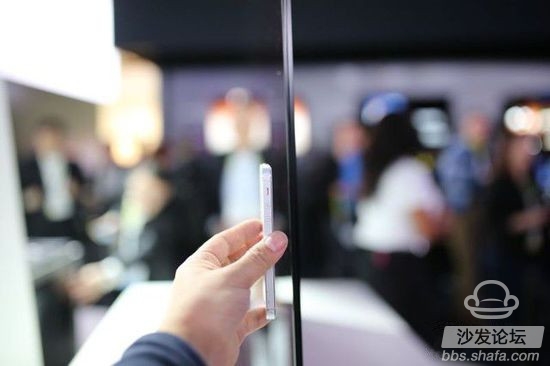
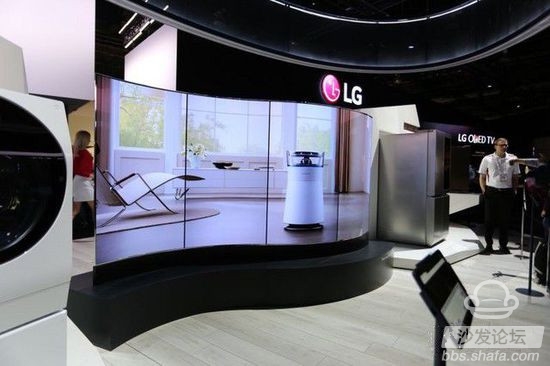
The narrow border, which was originally the focus of attention on the mobile phone screen, was used by Samsung this time on television. Samsung introduced the SUHD TV KS9500 borderless curved TV, which is visually immersive and brings a more entertaining experience.
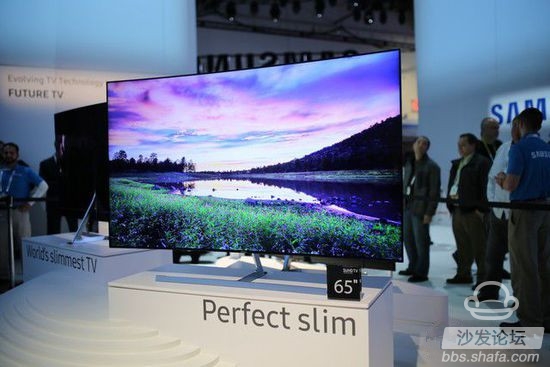
Although there are many models on the market that focus on narrow borders, the borders are actually very "moving" considering the screen backlight and the cable. The intention of Samsung's non-border curved TV is also obvious, that is, to use the advantages of its own industry chain to make the difference. Of course, Samsung did it.
Summary: With the development of technology, let us see more products that will be seen in science fiction movies. HDR and Quantum Dots are indeed technologies that can improve the display effect. It is a general trend to use TV. It is believed that more manufacturers will follow in the future to provide consumers with a better visual experience. As for ultra-thin, Surfaces and other technologies that are not new but are susceptible to impact should continue to be hot for some time. After all, home appliances are not only practical but also have ornamental attributes. Borderless is a big bright spot, and it is also Samsung's use of its own industrial chain. The differentiation made by the advantages will also be the direction that the TV manufacturers will pursue in the future.

Keywords 1: HDR
If you want to summarize a few key words in the TV field of CES2016, HDR is the absolute first, then first talk about HDR.

HDR is more of a concept in CES2015, but now HDR shines in CES2016, 4K+HDR will raise the quality of ordinary high-definition video to new heights, have lamented that the changes brought about by technological advancements are increasingly affecting us life.
For a high-brightness TV, if you can display the high dynamic range performance of the highlights and shadows at the same time, this quality is a truly first-class standard, and the perception will also be significantly improved.
HDR stands for High-Dynamic Range (High Dynamic Range), and the most important aspect of HDR for TV is to increase the brightness from 400 nits to 1000 nits for ordinary TVs. The increase in brightness can make the picture more real, especially for outdoor scenes.
For a high-brightness TV, if you can display the high dynamic range performance of the highlights and shadows at the same time, this quality is a truly first-class standard, and the perception will also be significantly improved.
HDR stands for High-Dynamic Range (High Dynamic Range), and the most important aspect of HDR for TV is to increase the brightness from 400 nits to 1000 nits for ordinary TVs. The increase in brightness can make the picture more real, especially for outdoor scenes.

HDR can greatly enhance the contrast and color accuracy of the screen. The bright part of the picture will be clearer, the dark part will have more depth, and the appearance will be clear. The increase in color accuracy will make the colors look more pure and bright. In order to obtain a more pure display effect, a richer warm and cold alternation and a wider range of colors.
From CES2016, it can be seen that both LG, Samsung, Sony, Changhong, Skyworth, and Hisense have all launched products that support HDR, and it is not difficult to see the importance that each manufacturer places on HDR. However, it is not easy to think that TV support for HDR must be better than regular TV. The only meaning of HDR is that you can play videos recorded by HDR devices.

Even though HDR can increase the picture performance to some extent, if you want to achieve a significant improvement, you need to match the content. Therefore, HDR content is a more difficult problem. HDR TVs need HDR content to be able to highlight their value, but HDR content now looks very few. Even 4K streaming services are very rare, HDR does not need to mention. HDR is the future trend, but lack of content does affect the popularity of HDR. Sony said that they are solving this problem with the Ultra application. The Ultra application allows users to purchase HDR content and content streams on Sony TVs running Android TV, to some extent alleviate the problem of missing content, and the Ultra application will be in the evening. Some time on the line.
Keywords 2: quantum dots
Like HDR, Quantum Dots is also a scrambled hot technology. Also supported by many vendors, almost all CES2016 LCD TVs use this technology.
Keywords 2: quantum dots
Like HDR, Quantum Dots is also a scrambled hot technology. Also supported by many vendors, almost all CES2016 LCD TVs use this technology.

Actually quantum dots are not new concepts. For example, Sony's "Triluminous" and LG's "Prime UHD" are all the same technologies. Quantum dot technology mainly solves the problem of low color gamut and exceeds OLED TVs at one stroke.

Most LCD TVs use a white LED backlight source. The white light produced has low purity of red and green light, resulting in a less desirable color gamut. Quantum dots technology replaces white LEDs with blue LEDs. Blue light reacts with extremely fine nanoparticles when it passes through a medium containing cadmium, emitting very pure red and green light. This extremely fine particle is called quantum. Point, in fact, is called nano-points are accurate (in fact, Samsung used quantum dot technology as nano-crystal technology in the past).

With the above methods, the three primary colors have been cobbled together, and the pure white light has been used as the backlight of LCD TVs. Such a quantum dot TV color gamut is ideal. Strictly speaking, quantum dot technology is actually a kind of backlight technology.
Keywords 3: ultra-thin, curved, narrow border
Strictly speaking, ultra-thin is not only popular this year. Both TV and mobile phones have always followed a "thinner than thin" design. Of course, the ultra-thin design can bring more shocking visual effects.

When the author was still amazed by the 3.9mm Maxi Blade, LG launched an OLED TV with only 2.75mm, and even launched a 16-inch flexible OLED display that can be rolled up like a newspaper. LG is very keen to put it. The screen is made of paper. Samsung also has tit-for-tat models on the thin, and emphasizes the overall sense of design, even the back can not find a screw. Samsung is taking a thin and beautiful route on the slim line, or on the slim road of not sacrificing picture quality.

The narrow border, which was originally the focus of attention on the mobile phone screen, was used by Samsung this time on television. Samsung introduced the SUHD TV KS9500 borderless curved TV, which is visually immersive and brings a more entertaining experience.

Although there are many models on the market that focus on narrow borders, the borders are actually very "moving" considering the screen backlight and the cable. The intention of Samsung's non-border curved TV is also obvious, that is, to use the advantages of its own industry chain to make the difference. Of course, Samsung did it.
Summary: With the development of technology, let us see more products that will be seen in science fiction movies. HDR and Quantum Dots are indeed technologies that can improve the display effect. It is a general trend to use TV. It is believed that more manufacturers will follow in the future to provide consumers with a better visual experience. As for ultra-thin, Surfaces and other technologies that are not new but are susceptible to impact should continue to be hot for some time. After all, home appliances are not only practical but also have ornamental attributes. Borderless is a big bright spot, and it is also Samsung's use of its own industrial chain. The differentiation made by the advantages will also be the direction that the TV manufacturers will pursue in the future.